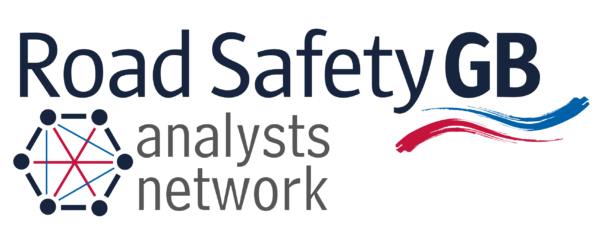In England the 2011 rural-urban classification, produced by the Office for National Statistics (ONS), provides a rural/urban view of datasets at output area (OA), super output area (SOA) and ward level. OA’s are treated as ‘urban’ if they were allocated to a 2011 built up area with a population of 10,000 people or more, while all remaining OA’s are classed as ‘rural’. In the context of road safety analysis, it is possible to use this classification and geographical information systems to classify the road network, crashes and casualties by rurality. More information can be found in the external link at the bottom of this article.
In Scotland the urban/rural classification is different. The Scottish Government Urban Rural classification provides a consistent way of defining urban and rural areas across Scotland. The classification distinguishes between urban, rural and remote areas within Scotland and includes the following categories:
1 – Large Urban Areas Settlements of over 125,000 people;
2 – Other Urban Areas Settlements of 10,000 to 125,000 people;
3 – Accessible Small Towns Settlements of between 3,000 and 10,000 people and within 30 minutes drive of a settlement of 10,000 or more;
4 – Remote Small Towns Settlements of between 3,000 and 10,000 people and with a drive time of over 30 minutes to a settlement of 10,000 or more;
5 – Accessible Rural Settlements of less than 3,000 people and within 30 minutes drive of a settlement of 10,000 or more;
6 – Remote Rural Settlements of less than 3,000 people and with a drive time of over 30 minutes to a settlement of 10,000 or more.
More information can be found on the link at the bottom of this article.
